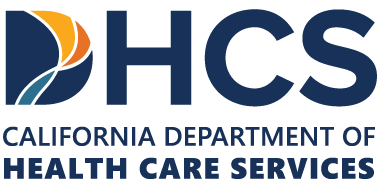Addiction is a complex and challenging condition that doesn’t just affect the body; it deeply impacts the brain. For those struggling with substance use disorders, inpatient rehab offers a comprehensive approach to treatment, addressing the neurological aspects of addiction. In this blog, we’ll explore how inpatient rehab treats the brain, providing individuals with the tools they need to break free from the cycle of addiction and embark on a path to recovery.
Detoxification: The Vital First Step in Inpatient Rehab
The first step in inpatient rehab is often detoxification (detox). During this process, the body is rid of the substance, and withdrawal symptoms are managed under medical supervision. Detox helps reset the brain to its pre-addiction state, providing a foundation for further treatment. Inpatient rehab programs offer a range of evidence-based behavioral therapies that target the brain’s reward system and cognitive functions. These therapies include. Cognitive-behavioral therapy (CBT) helps individuals identify and modify the thought patterns and behaviors that contribute to addiction. Contingency Management this approach provides positive reinforcement for drug-free behaviors, encouraging the brain to associate sobriety with rewards. Motivational Enhancement Therapy by tapping into an individual’s motivation for change, this therapy helps rewire the brain’s desire for substance use. Dialectical Behavior Therapy (DBT) teaches emotional regulation skills, which can be crucial in preventing relapse.
Behavioral Therapies in Inpatient Rehab: Rewiring the Brain for Recovery
In cases of opioid or alcohol addiction, MAT can be a valuable component of inpatient rehab. Medications like methadone, buprenorphine, or naltrexone can help reduce cravings and normalize brain function, making it easier for individuals to engage in therapy and focus on recovery. Inpatient rehab recognizes that addiction affects each person differently. Therefore, treatment plans are tailored to the individual, considering their unique needs, history, and brain chemistry. This personalized approach ensures that the brain receives the specific support it requires for healing. Inpatient rehab programs often incorporate therapeutic activities like mindfulness meditation, yoga, art therapy. These activities help individuals develop healthier coping mechanisms, reduce stress, promote brain wellness.
Detoxification in Inpatient Rehab: Resetting the Brain’s Balance
Inpatient rehab equips individuals with strategies to prevent relapse, as the brain’s susceptibility to cravings and triggers persists even after treatment. These strategies involve recognizing high-risk situations and developing coping skills to avoid substance use. One of the essential aspects of inpatient rehab is the supportive community it provides. Group therapy sessions and peer support play a significant role in rewiring the brain’s social connections, fostering a sense of belonging and accountability. In conclusion, inpatient rehab recognizes that addiction is a brain disease, and its treatment strategies are designed to heal the brain as well as the body. By addressing the neurological aspects of addiction through detoxification, evidence-based therapies, personalized treatment plans, and ongoing support, inpatient rehab offers hope and a path to recovery for those struggling with substance use disorders. It’s an opportunity for individuals to regain control of their lives and rebuild their brains for a healthier, addiction-free future.




